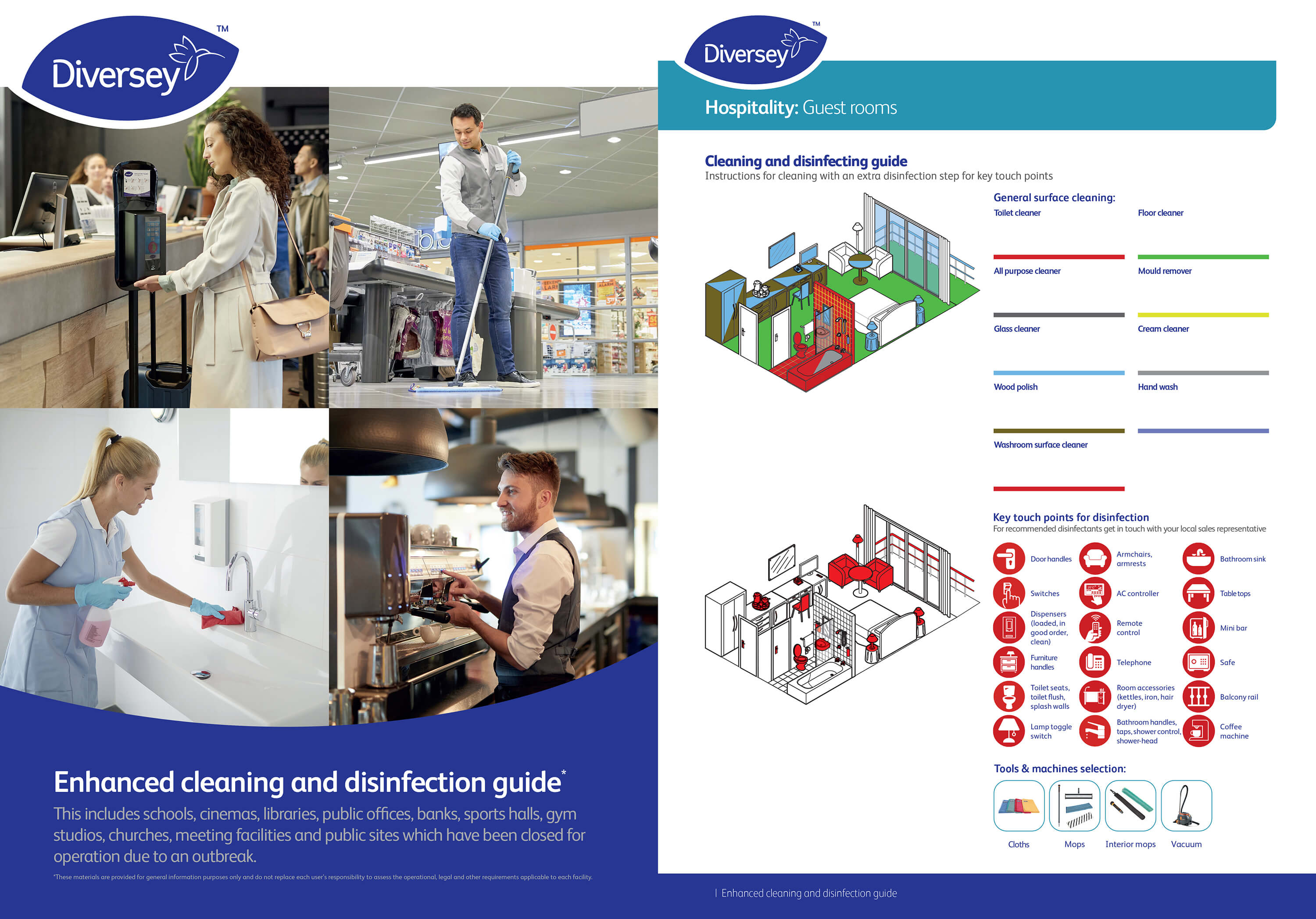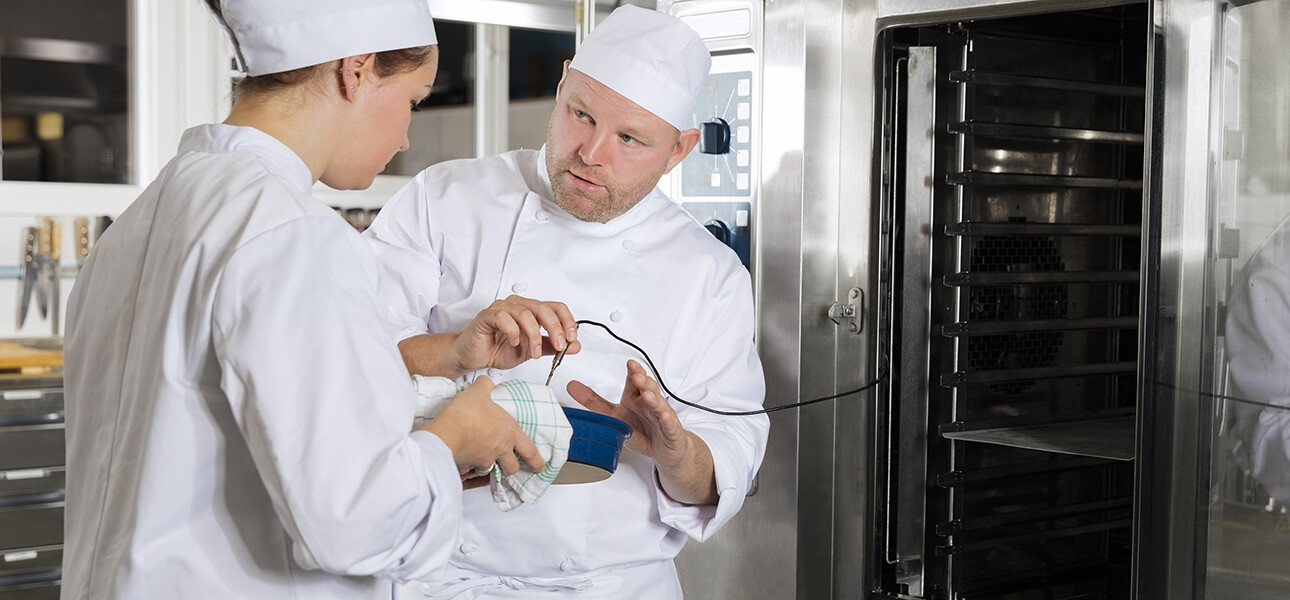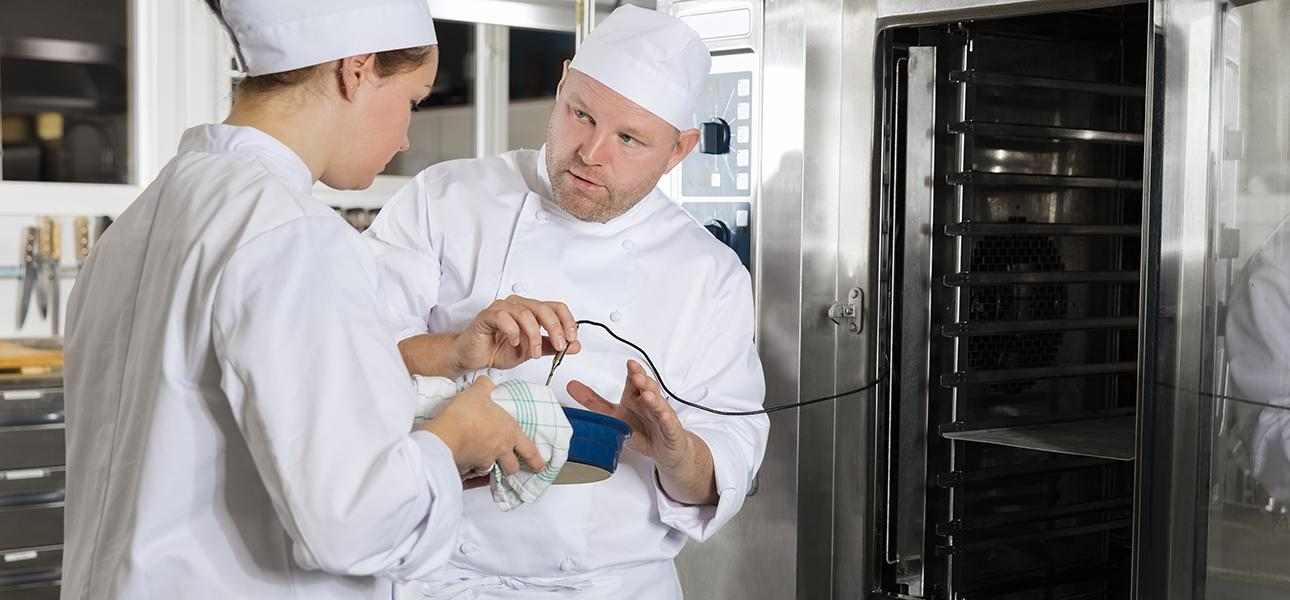The novel coronavirus pandemic has had an immense impact on the restaurant industry in the APAC region. The broad limitations placed on the industry have resulted in severe cash flow problems for many restaurants and in huge numbers of workers losing their jobs, even if only temporarily.[1] Restaurant operators in Singapore, for example, report a significant effect on their revenues - with some expecting as much as an 80 per cent drop.[2] While some APAC countries are allowing restaurants to resume business, others are delaying this process until later phases in their reopening plans. Despite the timing for reopening being uncertain, one thing is clear: restaurants need to be prepared for a new standard of cleanliness.
So how can restaurant owners and managers establish a culture that reinforces the role of cleanliness? It requires businesses to overhaul cleaning procedures, conduct thorough training and implement new employee-centric policies.
Cleaning the Right Way
Many restaurants will need to rethink their approach to cleaning as the pandemic continues to bring cleanliness to the forefront of everyone’s minds. There are several considerations that owners and managers must take when establishing new cleaning procedures, including:
- Frequency – Enhanced cleaning and disinfection, in both front-of-house (FOH) and back-of-house (BOH) areas, will reduce the spread of potentially harmful germs throughout the restaurant. Determine the right frequency depending on the size and set-up, the foot traffic and other key factors. This may be every 30 minutes or every two hours. To maintain productivity without compromising performance, look for a disinfectant that has a short contact time, such as 60 seconds.
- Thoroughness – Provide employees with a one-step disinfectant cleaner that is safe on people and surfaces, but tough on pathogens. Look for disinfectants that are approved by the United States EPA, FDA and CDC for use against SARS-CoV-2, the virus that causes coronavirus.[3] For food contact surfaces, you can instruct employees to use a disinfectant cleaner for added assurance, but they must rinse the surface afterwards and then apply a no-rinse sanitizer.
- Cleaning beyond high-touch surfaces is crucial, as coronavirus spreads easily and quickly. In addition to using approved chemicals, restaurants must be thorough in how they maintain cleaning tools. For example, while microfiber cloths can remove up to 99.9% of bacteria, they can also spread germs to surfaces if they’re reused too often without laundering.
- Accountability – Confirming compliance with new policies and procedures is just as important as cleaning regularly and diligently. Methods for keeping employees on track include: creating a cleaning schedule for staff members to complete throughout the day that mangers review; have leadership conduct random FOH and BOH cleanliness checks; and set a reminder every 30 minutes to remind everyone to perform hand hygiene.
Teaching Core Values and Processes
One of the most effective ways that restaurants can make a positive cultural shift is by investing in employee training. Training both seasoned workers and new employees helps everyone learn your restaurant’s core values (such as cleanliness, health and safety), understand the expectations and access expert content along with best practices.
With many restaurant employees on furlough or working part-time until businesses can fully reopen, there’s an opportunity to roll out remote online training. A cloud-based e-learning platform can improve knowledge, skills and performance. Look for a program with digital resources like videos, training courses with content from R&D scientists and regulatory experts, in addition to reporting and product information. With a sophisticated system, managers can track progress, upload their own documents and presentations and run contests and award badges that can be exchanged for rewards.
Training topics should include infection prevention, food safety and personal hygiene. When employees understand the “why” behind hand hygiene, social distancing measures and proper cleaning, it minimizes the risk of lapses in cleanliness.
Reviewing Problematic Policies
The restaurant industry is often viewed as a first step into the labour market and typically relies on many young employees and part-time students who then exit the industry in favor of other careers. Many full-time employees often leave roles to secure opportunities for growth, as upward mobility can be a challenge. Facing long hours, ergonomic strain and in many cases low pay, many employees face burnout.
To combat turnover, restaurants need to cultivate a culture that makes employees want to stay long-term. Identify policies that hinder fulfillment, growth and well-being. While the industry faces thin margins and paid sick leave is often not an option, there are other ways to make workers feel cared for and valued.
For example, make sure that employees do not feel pressured to come into work while ill. Often, employees fear missing a shift will hurt their ability to pay living expenses and may result in firing or punishment. If your restaurant can’t offer paid sick leave, frame sick leave as a necessary precaution rather than a penalty that supports the health and safety of employees and customers. Additionally, review employee wages and contracts to make sure you are acknowledging hard work and offering a living wage. Encourage a positive environment that energizes staff using words of affirmation, an incentive program or team building exercises. They’ll be more likely to follow rules around cleanliness, health and safety when they enjoy their work.
Serving up Cleanliness
With many restaurants still struggling to maintain momentum while facing financial hurdles, it’s important for business owners to understand where to invest their funds now to support their long-term survival. Taking the time to reassess the corporate culture and educate employees about the role of cleanliness is an important first step ahead of reopening. Training ensures that all employees understand the expectations around cleaning and know how to execute the processes and procedures correctly. This not only supports the well-being of workers but also the health and safety of diners who are eager to return to restaurants.
[1] https://www.fcsi.org/foodservice-consultant/asia-pacific/covid-19-regional-view-asia-pacific/
[2] https://www.channelnewsasia.com/news/business/amid-fears-of-80-revenue-loss-due-to-covid-19-outbreak-12431778
[3] https://www.epa.gov/pesticide-registration/list-n-disinfectants-use-against-sars-cov-2-covid-19
We are here to create a safer, cleaner and healthy environment for your business.

Our guide to enhanced cleaning and disinfection provides basic measures for any business and staff to follow to keep everyone safe and healthy.
Fill in the form below to get the download link via email.
Our reopening program provides customers with product solutions, enhanced protocols and training programs to keep everyone safe amid COVID-19 and beyond. Find out more.
Our outbreak response toolkits consist of evidence-based cleaning and disinfection program and products, to help reduce risk of infections and improve outcomes for a healthier world. Find out more.




